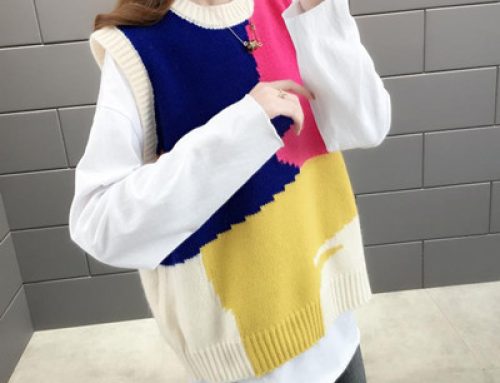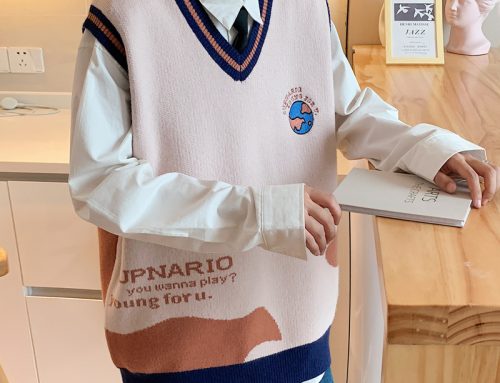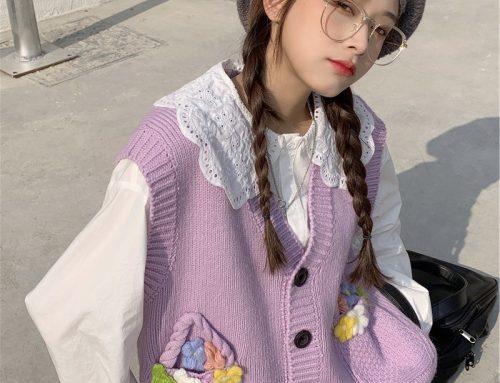Consider the Purpose: Think about the purpose and context of the knitwear. Is it a cozy sweater for winter, a playful scarf, or a delicate baby blanket? The intended use can influence the color palette.
Personal Preference: Consider your own style and preferences. Are you drawn to bright and vibrant colors or more muted and neutral tones? Your personal taste should guide your color choices.
Season and Mood: Different colors evoke different moods and can be associated with specific seasons. For instance, warm tones like reds, oranges, and yellows can bring a sense of coziness and are often associated with autumn. Cool blues and greens might be more suitable for a spring or summer project.
Skin Tone: Consider how the colors you choose will complement your skin tone or the skin tones of the person who will wear the knitwear. Some colors can make skin appear more vibrant, while others might clash or wash out the complexion.
Color Harmonies: Explore color harmonies to create a balanced and visually pleasing palette. Here are a few common harmonies:
- Analogous: Colors that are adjacent on the color wheel (e.g., blue, green, teal).
- Complementary: Colors that are opposite each other on the color wheel (e.g., red and green, blue and orange).
- Monochromatic: Different shades and tints of a single color.
- Triadic: Three colors evenly spaced on the color wheel (e.g., red, yellow, blue).
Inspiration from Nature and Art: Nature and art can be excellent sources of inspiration for color combinations. Look at landscapes, flowers, paintings, and photographs to find unique and harmonious color ideas.
Trends and Classic Tones: Consider whether you want your piece to reflect current color trends or if you prefer timeless, classic colors that won’t go out of style.
Sample Swatches: Before committing to a full project, create small swatches with different color combinations to see how they look together. This can help you visualize the final product and make adjustments as needed.
Yarn Availability: Keep in mind the availability of yarn in the colors you’re interested in. Some yarns might have limited color options, while others offer a wide range.
Color Testing: Hold the yarn up to your skin and see how it looks in different lighting conditions. This can give you a better sense of how the color will appear when worn.
Remember that the beauty of knitwear lies in its handmade nature and the personal choices you make. Don’t be afraid to experiment with color and create something that truly resonates with your style and vision.







